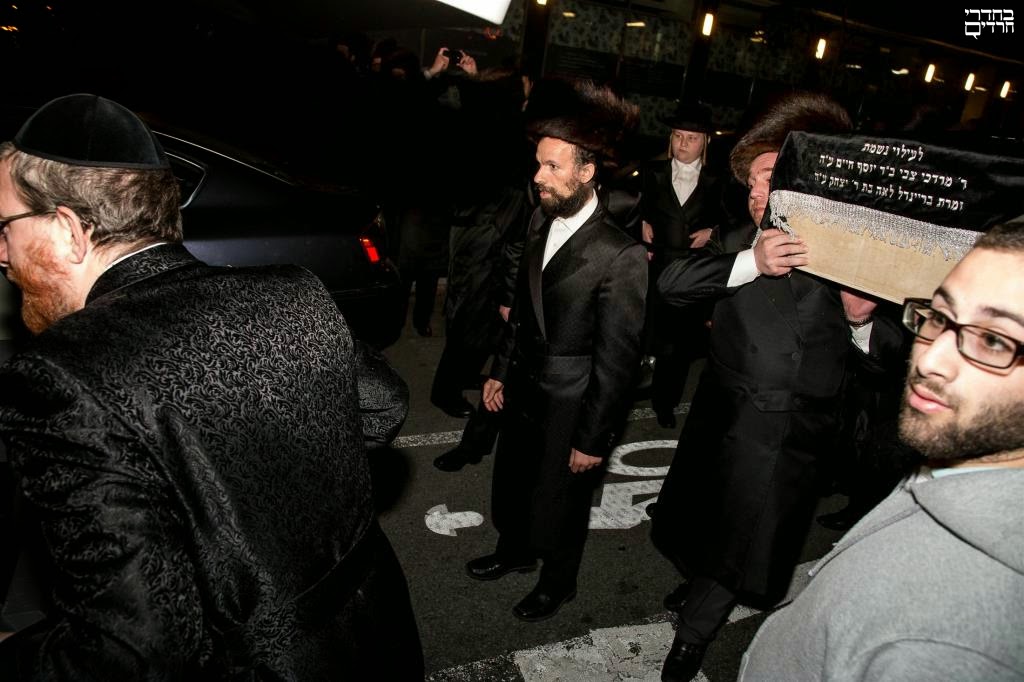 |
| they purchased this $2.85 million mansion on Embassy Row in Washington D.C. The home has 5 bedrooms and 6 baths. |
 |
| They bought this $1.7 million mansion in Chappaqua, NY so Hillary could claim residence in the state ahead of her 2000 Senate campaign.
In an interview with Diane Sawyer,
Hillary Clinton claimed that after the White House their family “struggled..to piece together the resources for mortgages, for houses.”
The “we struggled to get by” defense from a multi-millionaire might be tough to swallow for Americans actually struggling to pay their mortgage. Hillary, after-all, left the White House having spent 20 years living in gratis government mansions in Little Rock and Washington D.C.
Additionally, lets not forget that Bill Clinton’s annual salary was $200,000/year as President and he was able to cash-in on a $50,000 expense account. The Clintons made roughly FOUR times what
After leaving the White House, the Clintons bought two multi-million dollar mansions the average American made and “struggled to get by.”
|




















